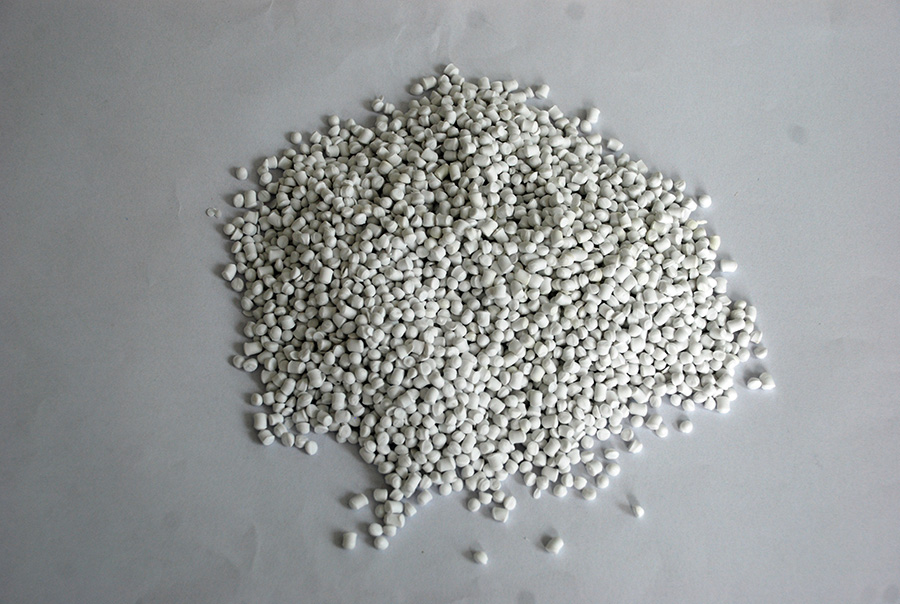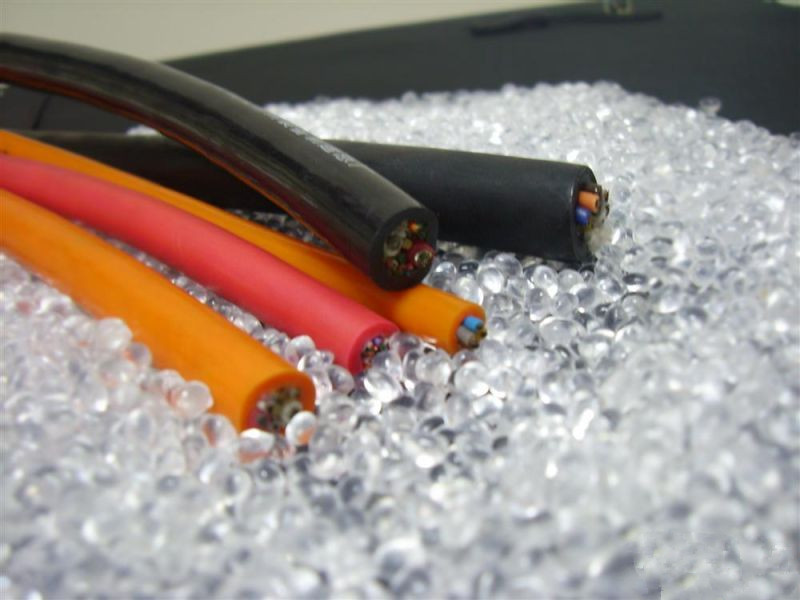With the growing demand for power and communication in modern society, cable plays a crucial role as an important conveyance and transmission tool. As one of the key materials in cable manufacturing, PVC cable material, its performance and quality directly affect the effectiveness and safety of cable use. In this article, the ZMS cable team will discuss the characteristics, applications, and future development trends of PVC cable material.

PVC cable material is a composite material composed of polyvinyl chloride (PVC) resin and various additives.
Specifically to polyvinyl chloride as the base resin, add stabilizers, dioctyl phthalate, dodecyl phthalate, dioctyl terephthalate, tri octyl terephthalate, and other plasticizers, as well as inorganic fillers such as calcium carbonate, additives and lubricants, and other additives, through the mixing and kneading of particles prepared by extrusion.
It has excellent electrical insulation properties, mechanical strength, and weather resistance, and at the same time has good processability and plasticity.
This makes PVC cable material one of the preferred materials in cable manufacturing. PVC cable compound is widely used in many application scenarios due to its lower cost compared to other cable materials.
Currently, plastics account for 91% of the wrapping materials, of which PVC in turn accounts for 80% of the plastics.
In the United States, plastics account for 85% of the wire and cable industry's covering materials, with PVC accounting for 60% of the plastics.
Polyvinyl chloride is a chlorine-containing polymer, that has good flame retardant properties and cable production and use of the various performance requirements, low price, and is one of the world's most widely used plastics.
PVC cable material has high voltage and arc resistance, and can effectively prevent current leakage and arc breakdown, to ensure the safe and reliable operation of the cable.
PVC cable material has a certain tensile strength and abrasion resistance and can maintain the physical strength and stability of the cable in different environments.
PVC cable material can resist the erosion of common corrosive substances such as acid, alkali, salt, oil, and solvents, to ensure the normal operation of cables in harsh environments.
PVC cable material has a low melting point and high fluidity, which makes it easy for extrusion molding, injection molding, and other processing processes to reduce production costs.
PVC cable material is used in the manufacture of power transmission and distribution lines, cables, and power equipment insulation and sheath layer to protect the cable wires and improve the electrical insulation properties of the cable.
PVC cable materials are used in the manufacture of communication cables and fiber optic cable insulation and sheath to ensure the quality and stability of signal transmission.
PVC cable materials are used in the insulation and sheathing of building wires and cables to meet the safety requirements of electrical equipment inside buildings.
PVC cable materials are used in the insulation and jacketing of automotive wires and cables to protect the vehicle's electrical system and signal transmission system.
However, despite the many advantages of PVC cable materials, there are some potential problems.
First, PVC cable materials have poor combustion properties and may produce toxic gases and fumes that are potentially harmful to human health and the environment.
Secondly, due to the malleability of PVC cable material, it may produce the release of hazardous substances in high-temperature environments, causing damage to equipment and facilities.
Therefore, attention needs to be paid to appropriate safety measures when using PVC cable material to minimize potential risks.

For many businesses and cable manufacturers, the advantages of PVC cable material outweigh the disadvantages. As people became more and more aware of the dangers of PVC materials when they are made and burned, eco-friendly PVC cable material was born.
European Union regulations After July 1, 2006, the European Union countries must comply with the environmental protection RoHS regulations.
Traditional PVC cable materials do not comply with RoHS regulations because they contain a certain amount of heavy metal elements and other hazardous substances, which has become an important factor restricting the application of PVC wires and cables in electrical equipment, infrastructure, capital construction, and other occasions.
Lead and certain heavy metals can adversely affect human health. In PVC formulations, heavy metal compound additives such as lead, cadmium, barium, antimony, etc. are usually required as stabilizers, flame retardants, and pigments.
To curb the elemental chlorine decomposition of PVC resin during processing and use, heat stabilizers must be added to the formulation, and the lead salt series of stabilizers have the best cost performance in traditional formulations and are therefore widely adopted.
Lead-free or non-heavy metal means that it must be replaced by non-lead or non-heavy metal compounds, and at the same time do it in a way that will not degrade the various properties of the cable material.
In the selection of pigments, the traditional formula often has to choose many pigments containing heavy metal compounds: such as cadmium for yellow and red; lead for white, red, and yellow; hexavalent chromium for red, yellow and green, etc..
In the future, with the progress of science and technology and the improvement of environmental protection consciousness, the development of PVC cable material will face new opportunities and challenges.
On the one hand, ZMS can foresee the research development and application of new PVC cable materials to improve its burning performance and environmental protection performance.
On the other hand, with the rapid development of renewable energy sources, PVC cable materials also need to adapt to the needs of the new energy sector, such as solar and wind energy.
Therefore, PVC cable material manufacturers need to continue to innovate and improve to adapt to future market demand.
In summary, PVC cable material, as an important material in cable manufacturing, has excellent performance and a wide range of applications.
However, ZMS Cable advocates that everyone should recognize its potential safety and environmental problems and actively seek solutions. With the advancement of technology and changes in market demand, the future development of PVC cable material will face new opportunities and challenges.
We look forward to seeing PVC cable material better meet society's needs for power and communications, driven by continuous innovation and improvement.